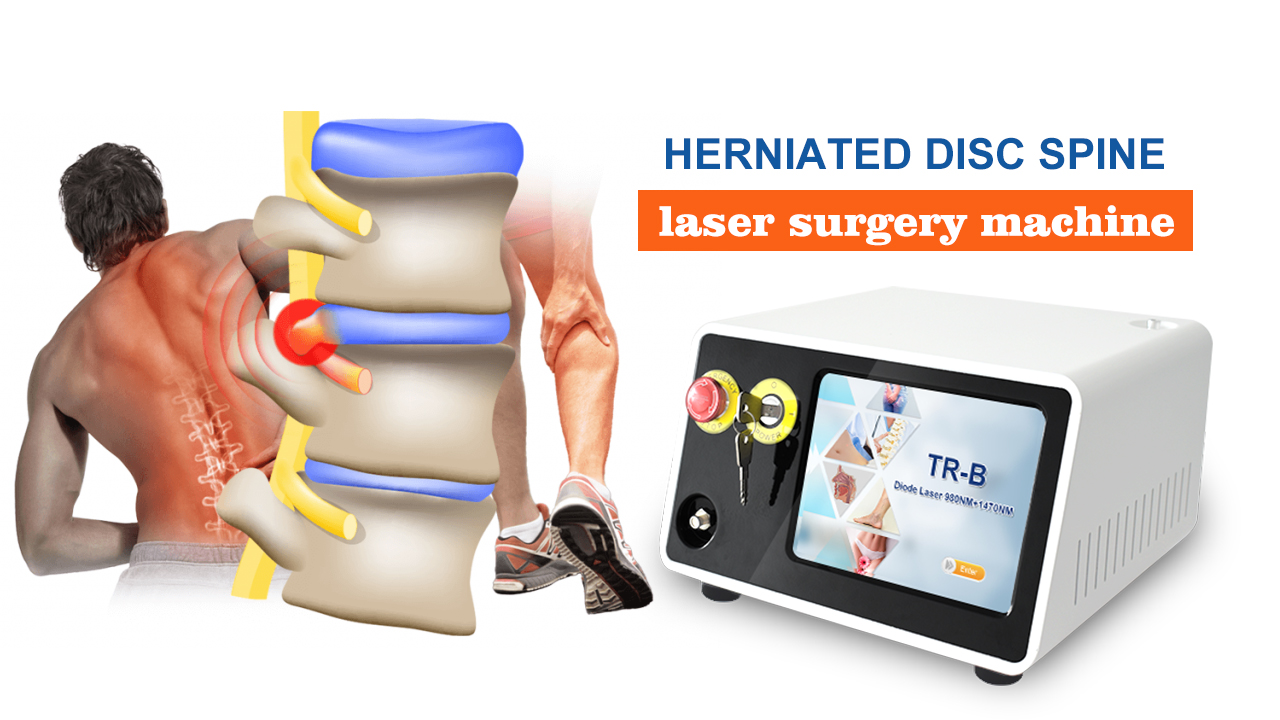PLDD (Percutaneous Laser Disc Decompression) is a minimally invasive lumbar disc medical procedure developed by Dr. Daniel S.J. Choy in 1986 that uses a laser beam to treat
back and neck pain caused by a herniated disc.
PLDD (Percutaneous Laser Disc Decompression) surgery transmits laser energy into the intervertebral disc through ultra-thin optical fibers. The heat energy generated by the
laser vaporizes a small portion of the core. The intradiscal pressure can be significantly reduced by vaporizing the relatively small volume of the inner core, thereby reducing disc
herniation.
Advantages of PLDD laser treatment:
* The entire surgery is performed only under local anesthesia, not general anesthesia.
* Minimally invasive, no hospitalization required, patients can go home directly to bed rest for 24 hours after treatment. Most people can return to work after four to five days.
* Safe and fast minimally invasive surgical technique, no cutting and no scars. Since only a small amount of disc is vaporized, there is no subsequent spinal instability. Unlike open
lumbar disc surgery, it does not damage the back muscles, does not remove bones, and does not make large skin incisions.
* It is suitable for patients who are at higher risk for open discectomy.
why choose 1470nm ?
Lasers with a wavelength of 1470nm are more easily absorbed by water than lasers with a wavelength of 980nm, with an absorption rate 40 times higher.
Lasers with a wavelength of 1470nm are very suitable for tissue cutting. Due to the water absorption of 1470nm and the special biostimulation effect, 1470nm lasers can achieve
precise cutting and can coagulate soft tissue well. Due to this unique tissue absorption effect, the laser can complete the surgery at a relatively low energy, thereby reducing thermal
trauma and improving healing effects.
Post time: Nov-07-2024

